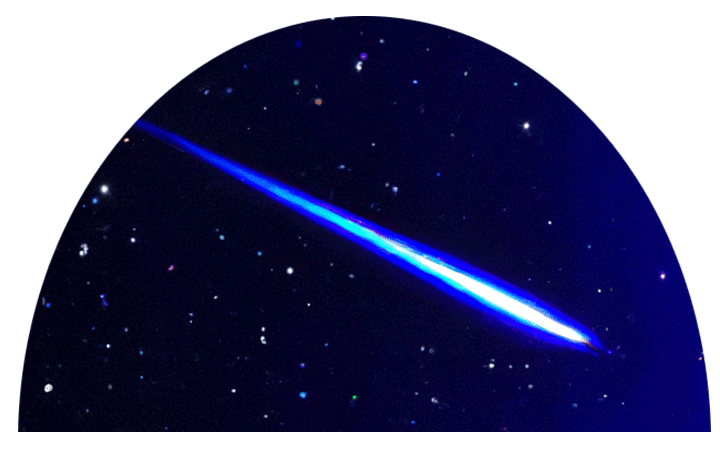Month: April 2023
Gallery of Galaxies
But the Universe is still larger than just our own galaxy. Our Milky Way is but one of many millions of galaxies. Here are some of the many beautiful shapes that galaxies come in. Remember that each of these galaxies is made of many billions of stars and the size of each galaxy is many […]
Star Wheels
…and Sky Challengers Starwheels are inexpensive star maps, adjustable for any time of night in any month of the year. Such maps are also called planispheres. Sky Challengers In the 1980s, Budd Wentz at the Lawrence Hall of Science with NSF funding developed Sky Challengers, a unique planisphere (adjustable star map) with 6 interchangeable disks:• Introductory Wheel […]
How Do We Tell Distance By Parallax?
Measuring distances by parallax depends on noting how the position an object seems to change when you change your point of view. Hand out mini-stars. Pretend that the little ball you are holding is star. Notice it is shaped like a ball—it doesn’t have points on it! Like our sun, stars are ball-shaped and they […]
Cepheid Variable Stars
BackgroundAbsolute magnitude is the intrinsic brightness of a star rather than its observed brightness from Earth. The absolute magnitude of a star is the magnitude it would appear from a standard distance of 10 parsecs (32.5 light-years). What’s a parsec? It’s a unit of distance based on parallax measurements: a parsec is the distance at which […]
Brightness of Stars
For really faraway stars, yet another clever distance finding method had to be found. The next trick to determine star distances was to compare their brightnesses. If you observe two stars that put out the same amount of light and are equal distances away from you, the two stars appear to have the same brightness. […]
Colors and Temperatures of Stars
Now, let’s find some stars that have a different color than usual. Can you find any stars that have some unusual color, different from white, yellow, silver? If you would like to point it out to the rest of us, raise your hand so that I can give you a light pointer. Demonstrate pointer. Have […]
Motion of the Stars
In Spring and Summer, when the Dipper is already overhead, advance diurnal motion only until the Dipper is aligned with the constellation outlines you have prepared, then go directly to “Versions of the Big Dipper.” Next return to this section, followed by the “Conclusion.” In Winter and Fall, follow the normal order: “Motion of the […]
Versions of the Big Dipper
(Optional) It is easy to see the Big Dipper as just that, a big dipper or pot; and indeed, to some people in southern France, this group of stars was the Casserole, or sauce pan. VISUAL 1 (still): Casserole Outline Cultures all over Earth have names and stories about the stars. Usually, these stories are […]
Making Up Constellations
(Optional) This activity is especially good for elementary school children. Take a look around the sky and see if you can find a group of stars that looks like some kind of animal, person, or thing. Raise your hand if you have an idea that you want to tell us about. Allow three or four […]
Using a Sky Map
Turn up orange seat lights (or atmosphere and the Sun). Pass out one map to each participant. In some planetariums, it may be more convenient to hand out maps as people enter. Introduce the activity as follows: These are maps of the sky which we will use to identify some of the major constellations that […]

